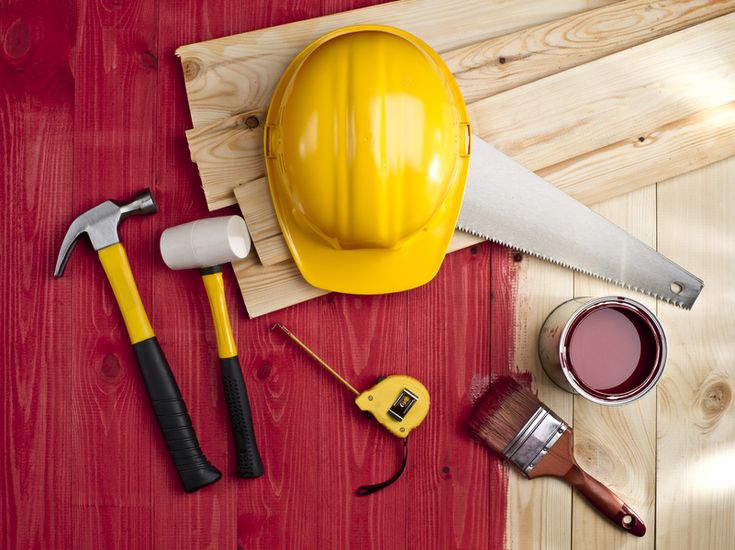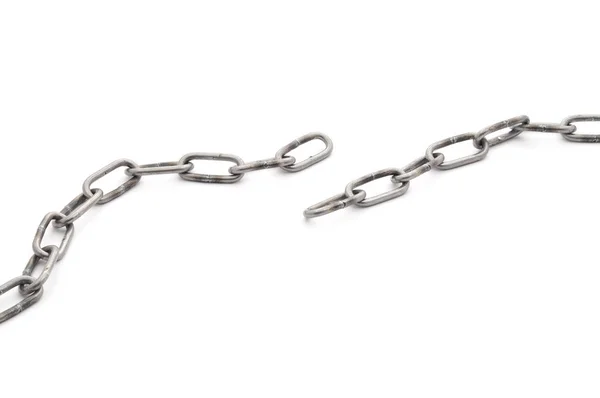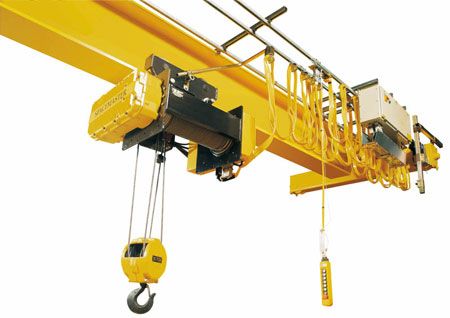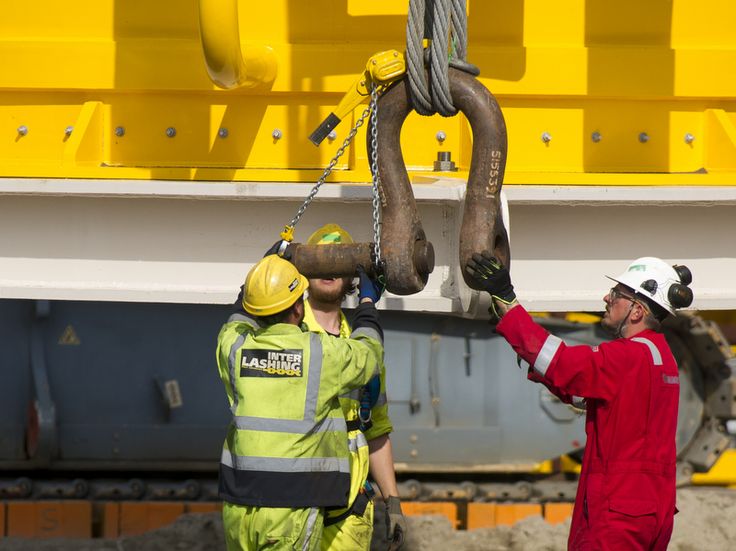
In the world of material handling, few tasks require as much precision, planning, and teamwork as rigging. At first glance, it might look like a simple matter of attaching a hook to a load and lifting it. In truth, rigging is a highly skilled process that combines engineering principles, specialized equipment, and strict safety protocols. It’s the foundation that enables heavy loads—often weighing several tons—to be moved safely from one place to another without damage to the load, surrounding structures, or personnel.
From skyscraper construction to shipyard operations, rigging is vital in industries that depend on lifting and moving heavy or oddly shaped objects. Knowing what it involves, the necessary equipment, and proper procedures can make the difference between a perfect lift and a dangerous, costly mistake.
What Is Rigging in Material Handling?

Rigging involves preparing and securing a load so it can be lifted or moved by cranes, hoists, or other lifting devices. This is not just a physical task; it’s a problem-solving process that involves assessing the load’s weight, center of gravity, structural stability, and the safest route for movement.
Every rigging scenario is unique. A steel I-beam on a construction site needs a different approach than a delicate piece of manufacturing equipment or a prefabricated building module. The rigger’s job is to choose the right gear, calculate the safest sling angles, and ensure that all equipment is inspected and ready for the job.
Rigging in material handling is common in:
- Construction – hoisting beams, panels, HVAC units, and structural components.
- Manufacturing – relocating machinery, molds, or large parts within a facility.
- Maritime – loading cargo and positioning ship components.
- Energy & Utilities – moving wind turbine blades, transformers, and pipeline sections.
The Core Rigging Equipment
Although the necessary equipment varies by job, several essential pieces are present in nearly every rigging operation. Knowing their purpose is crucial for safe and effective lifts.
Slings
Slings are essential in rigging, connecting the load to the lifting device. They come in several types—wire rope, chain, synthetic web, and round slings—each with specific benefits. Wire rope slings are durable and resistant to abrasion, chain slings withstand high temperatures and tough conditions, and synthetic slings provide flexibility and gentle handling for delicate loads. An important factor in choosing a sling is the angle at which it is used; the more horizontal the sling, the more stress it experiences.

Shackles
Shackles are U-shaped connectors with removable pins or bolts, used to attach slings, hooks, and other rigging equipment. Anchor shackles (also called bow shackles) provide more internal space for multiple connections, while chain shackles (D-shackles) are better suited for straight-line pulls. It’s essential that shackles be rated for the load’s weight and inspected for deformation or cracks before use.
Hooks
Hooks come in various designs—slip hooks, coil hooks, grab hooks, foundry hooks, and self-locking hooks—and act as attachment points for lifting. Self-locking hooks are often chosen for critical lifts because they prevent accidental unhooking.
Hoists & Cranes
Hoists (manual, lever, or electric) supply the lifting power for smaller loads, while cranes manage larger, more complex lifts. The decision between them depends on the load’s weight, the height of the lift, and the work environment.

Rigging Hardware
Turnbuckles are used for precise tension adjustments, eye bolts and swivel hoist rings serve as secure anchor points, and wire rope clips enable reliable terminations. Every piece of hardware must be compatible with the rest of the rigging system.
Rigging Procedures: Step-by-Step
Even the best equipment won’t ensure a safe lift without a clear, disciplined process. Rigging procedures generally follow a structured sequence:
1. Planning the Lift
Planning is the most crucial stage. This includes estimating the load weight, locating the center of gravity, and choosing the best rigging setup. The rigger must also check the path for obstructions and consider environmental factors like wind or rain.
2. Inspecting the Equipment
Before the lift starts, all rigging equipment must be inspected for damage, wear, or deformation. Slings should be checked for frays or kinks, shackles for cracks, and hooks for proper locking mechanisms.

3. Setting Up the Rigging
The rigging is arranged to ensure even load distribution and minimal stress on each component. Sling angles should stay within safe limits—usually at least 45 degrees—to prevent overloading.
4. Performing a Test Lift
A test lift involves lifting the load a few inches to check for balance and stability. If the load tilts, slings might need to be moved.
5. Executing the Lift
During the lift, the operator moves slowly and smoothly, avoiding sudden jerks that could destabilize the load. Communication between the operator and ground crew—often through hand signals or radios—is essential.
6. Positioning and Unrigging
Once in place, the load is lowered carefully, making sure no part of it is under tension before removing the rigging. Equipment is inspected again to verify it’s ready for the next job.
Rigging Safety: The Non-Negotiables

Safety in rigging is not optional—it’s essential. According to OSHA, many crane and lifting accidents result from improper rigging practices. The following principles are crucial:
- Training and Certification – Only qualified riggers should plan and execute lifts.
- Respect Load Limits – Never exceed the Working Load Limit (WLL) of any component.
- Stay Out of the Fall Zone – No personnel should be under or near a suspended load.
- Control the Load – Use tag lines to guide loads without putting workers in harm’s way.
- Monitor Weather Conditions – Avoid lifting during high winds, lightning, or poor visibility.
Why Rigging Expertise Matters

Rigging combines science and skill. It demands a thorough understanding of load dynamics, the ability to select proper equipment, and discipline to follow procedures precisely. A properly executed lift safeguards workers, protects valuable materials, and keeps projects on track.
Whether you’re involved in construction, manufacturing, or logistics, the quality of your rigging practices will influence the safety and efficiency of your material handling operations. With the right knowledge, tools, and team, even the heaviest and most complex loads can be moved accurately and confidently.
- 0shares
- Facebook0
- Pinterest0
- Twitter0
- Reddit0













